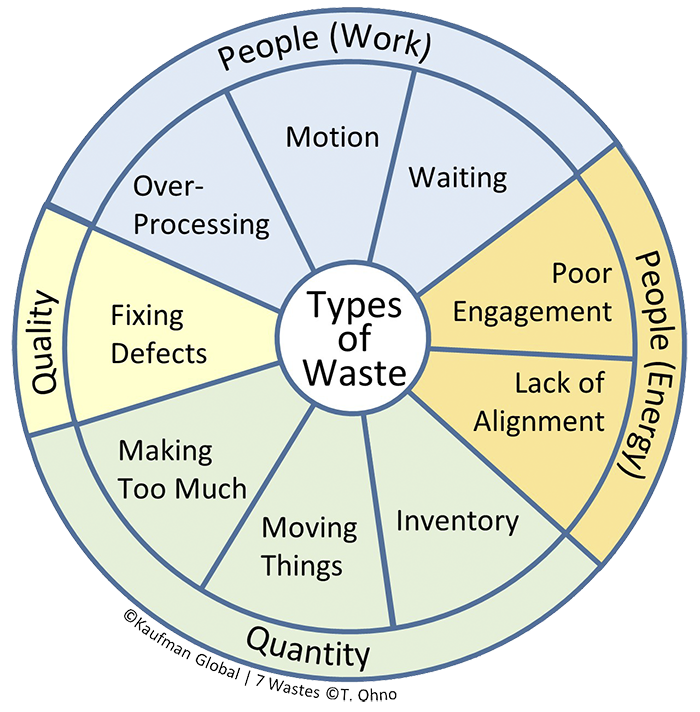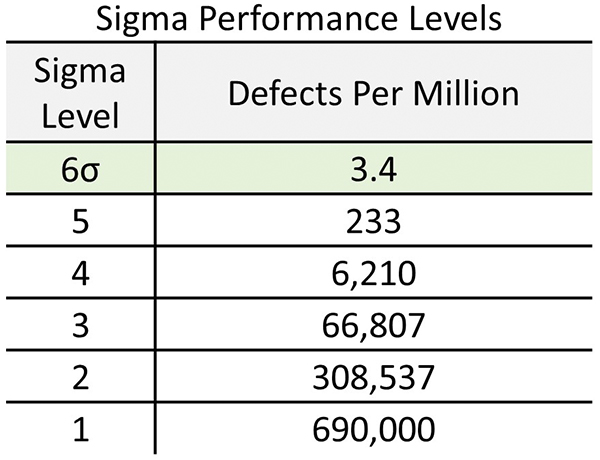Operational Excellence
What is Operational Excellence
Operational Excellence is the term used to describe a set of process improvement techniques, methods and approaches aimed at improving business performance. It is a “catch-all” phrase that might include only a few tools and techniques, or an entire suite of methods from different sources.
Often abbreviated as “OpEx,” the term is popular because it is non-specific enough to include any aspect of operational improvement. The most common methods in use today are Lean and Six Sigma. The term Transformation is used to describe change and change management – also an important aspect of operational excellence. For a long time, there was a bit of a battle between the Lean and Six Sigma camps. To solve this, some companies started using terms like LeanSigma or Lean Six Sigma or “Six Sigma; but we use a lot of Lean.” Or, “Lean; and we have a some Six Sigma Black Belts.”
Major Elements of Operational Excellence
The definitions for Lean, Six Sigma and Transformation are kept simple here. Volumes have been written, but if you know these basics, you can keep up with the conversation at any conference or cocktail party.
Lean is the elimination of waste.

Lean contains a standard set of tools that are user-friendly and intuitive. Things like: Pull Systems, Error Proofing, Standard Work, Error Proofing, Value Stream Mapping and Rapid Improvement Events.
The waste wheel shown here is Kaufman Global’s version of Taichi Ohno’s original waste wheel. How people work together to make change happen is the most important element for operational excellence. Therefore, the People Energy Wastes of Poor Engagement and Lack of Alignment must be included in the waste wheel.
Six Sigma is the reduction of variation.

Variation is a shift or change in in the attributes of a product or service away from the prescribed ‘ideal.’ Six Sigma uses statistical methods to identify variation and target solutions to reduce variation. It is closely aligned with quality improvement and is most applicable with higher volumes of production or transactions. Six Sigma uses the DMAIC model (Define, Measure, Analyze, Improve and Control) for problem solving. The methodology is more of a specialist model with belting levels, defined roles for participants (Champions and Sponsors) and the use of technology for analysis (MiniTab). There are plenty of Six Sigma tools, including: Regression Analysis, Fishbone Diagram, Pareto Analysis and Statistical Process Control.
Transformation is the management of change.

Transformation means to go from one state of being to another. It is all about change management and sustaining that which has been improved.
Transformation and the management of change is by far the most difficult and important aspect of any OpEx system. It is also the most overlooked and least understood which is why most OpEx systems under-perform. Change management tools that are popular with the OpEx crowd include: Modified Affinity Diagram, Focus Interviews, Lean Daily Management System, Executive Steering Committee and Visual Systems.
Notes
Using the abbreviation OpEx might create some confusion since it is already established in several industries, such as:
- Businesses us OpEx to refer to Operating Expenses, which are the ongoing costs for the daily operation of business. In Oil and gas for example, it is the cost for operating a drilling site or well and includes; electricity, water and oil hauling, etc.
- Finance and Investing: Options Expiration.
Operational Excellence Related Articles and Pages
- Five Critical Success Factors for Evaluating Operational Performance
- Rapid Performance Evaluation
- Three OpEx Questions You Need to Know the Answers To
- Transform and Sustain: The Connection Can Be Difficult
- Operational Excellence Post on LinkedIn
